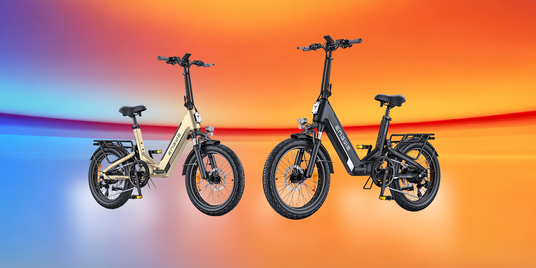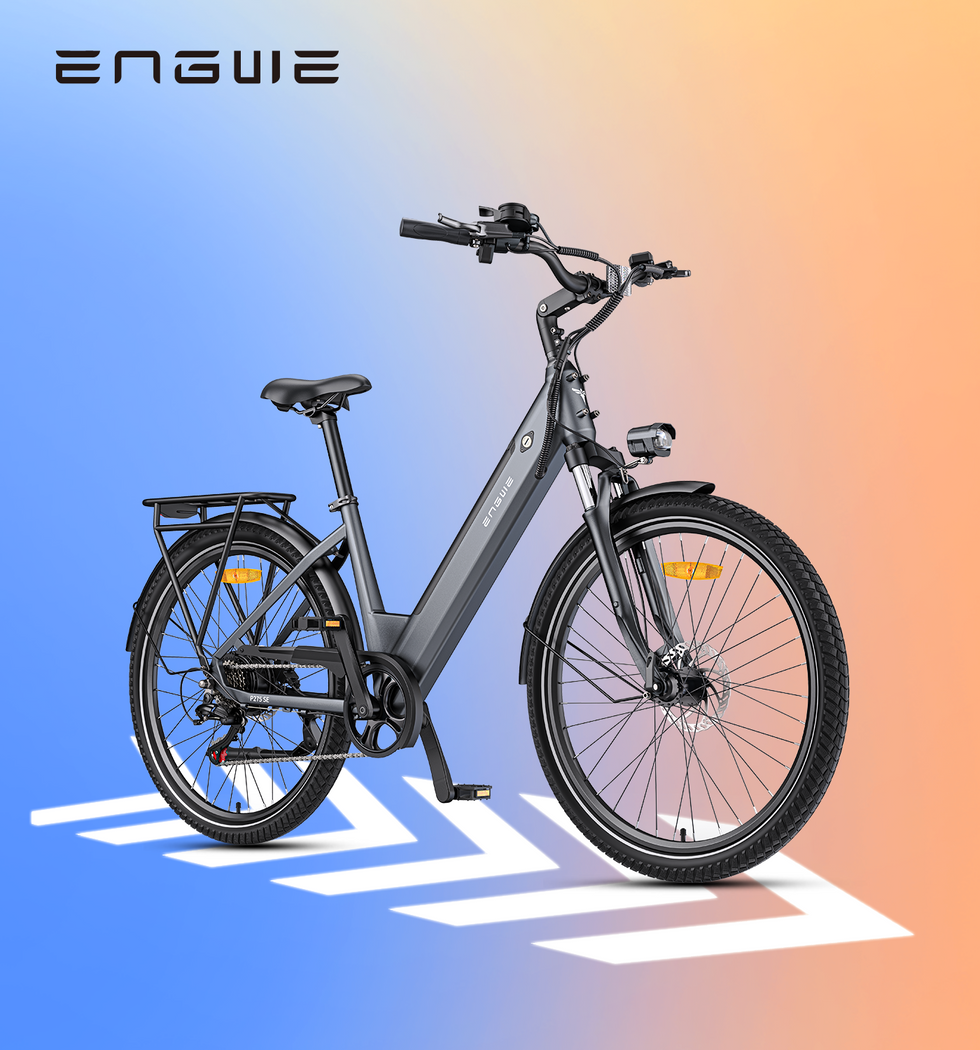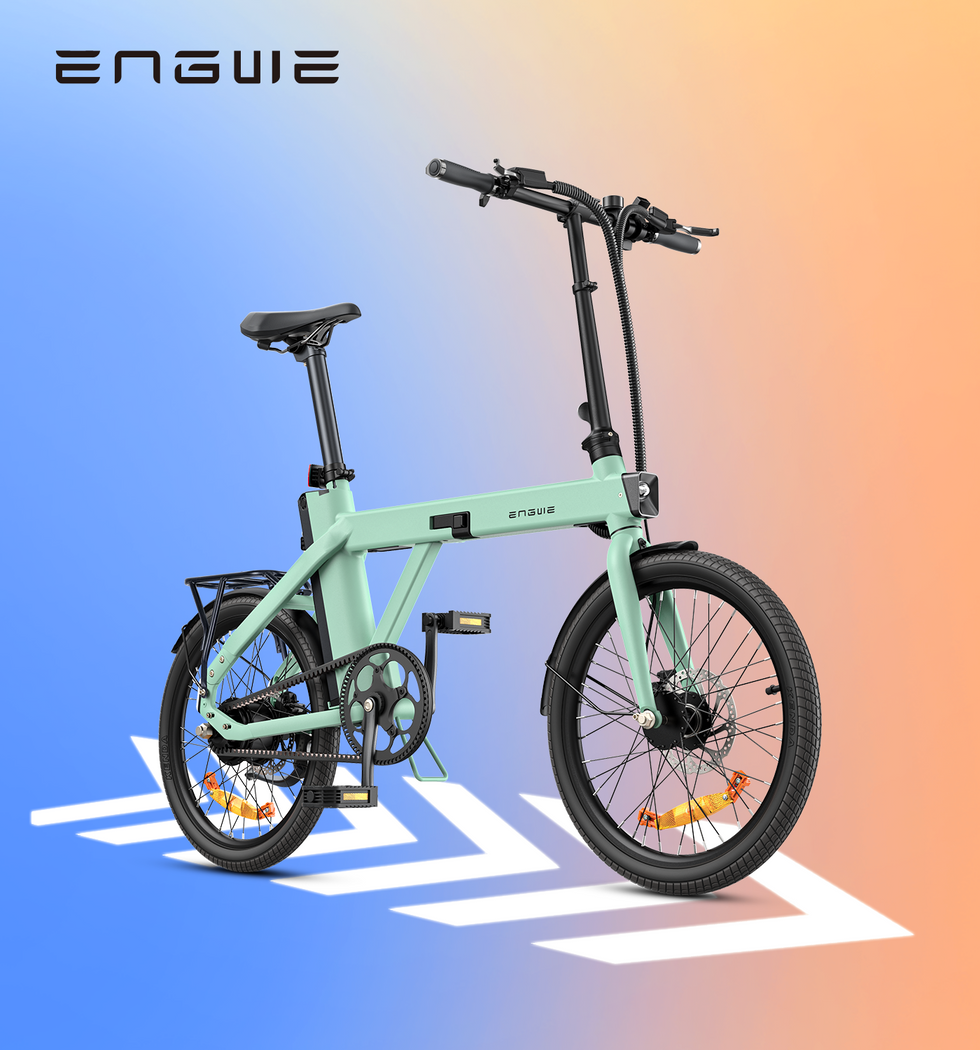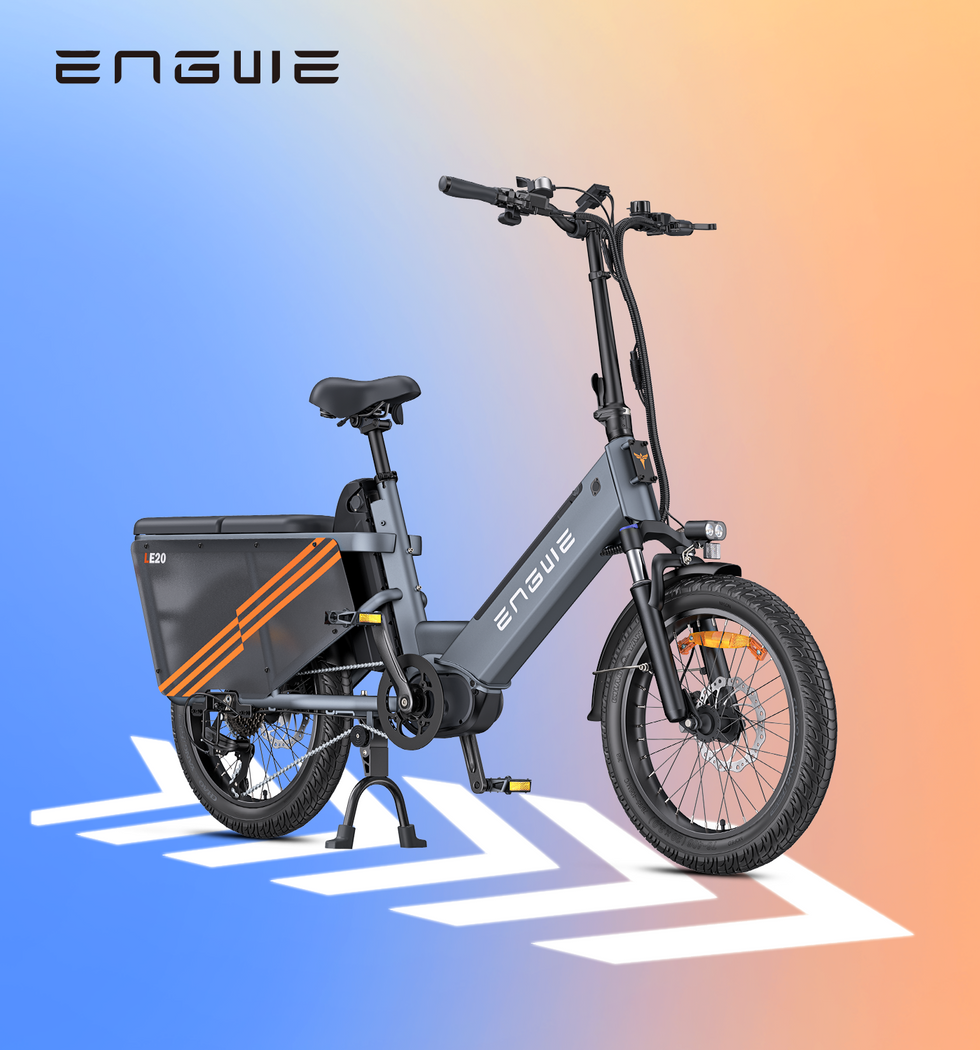The modern city pulses with a rhythm of its own, a constant flow of movement that can often feel congested and overwhelming. For many of us, the daily commute or a simple trip to the local cafe can become a test of patience. This is the world I lived in, a world where I craved a smarter, more flexible way to navigate my surroundings. My search for a solution led me to the compact and powerful world of the mini electric bike, a discovery that didn't just change my commute; it reshaped my entire perception of urban mobility. This isn't just a review; it's a guide born from experience, designed to answer the very questions you're likely asking yourself right now as you stand on the cusp of this exciting transportation revolution.
Before we dive deep, let's clarify what we're solving. You are looking for a portable, efficient, and enjoyable way to travel, but you are faced with a sea of options and technical jargon. My goal is to cut through that noise, using my own journey to illuminate the path for you. Here is a breakdown of the core problems you face and how this article will directly address them:
| User's Problem/Question | How This Article Provides a Solution |
|---|---|
| "What exactly is a 'mini electric bike' and how is it different?" | Section 1 defines the category, highlighting its key characteristics like small wheels, foldable frames, and focus on portability over raw speed. |
| "Is this type of bike actually right for my lifestyle?" | Section 2 explores the ideal use cases and rider profiles, helping you determine if a mini e-bike fits your specific needs, be it for commuting, leisure, or travel. |
| "I'm not an expert. What technical features should I actually care about?" | Section 3 provides a clear, jargon-free buyer's checklist, focusing on the four pillars: Portability, Power, Comfort, and Safety. This is your practical guide. |
| "Can you give me an example of a good one? I need a starting point." | Section 4 introduces a standout model that exemplifies the best qualities discussed, giving you a concrete and reliable example to consider. |
| "What is it really like to own and use one day-to-day?" | Section 5 shares a first-person experiential account, detailing the practical highs and lows of integrating a mini electric bike into a daily routine. |
| "What are the hidden downsides or trade-offs I need to know about?" | Section 6 offers an honest look at the limitations, ensuring you make a fully informed decision with realistic expectations. |
Defining the Revolution: What a Mini Electric Bike Truly Is
First, let's set the stage. A mini electric bike is not just a scaled-down version of a full-sized electric bike. It's a purpose-built machine designed around the principles of convenience and portability. Its defining features are typically smaller wheels, often around 20 inches, and a compact, frequently foldable frame. This design philosophy makes it fundamentally different from its larger cousins, which prioritize long-distance range and high-speed performance. Think of it as the difference between a versatile hatchback and a large sedan. Both are cars, but they excel in different environments. The mini electric bike is the master of the urban jungle, the perfect "last mile" solution, and an incredible companion for those with limited storage space. It’s for the apartment dweller, the RV enthusiast, the student navigating a sprawling campus, and anyone who wants to blend powered transport with public transit seamlessly.
Is a Mini E-Bike Your Perfect Partner? The Ideal Use Cases
Before you get captivated by shiny frames and impressive specs, the most important question is: does it fit your life? From my experience, this type of bike shines brightest in specific scenarios. If you have a multi-stage commute involving a train or bus, a foldable mini e-bike is a game-changer. The ability to fold it down in under a minute and carry it aboard eliminates parking woes and extends your effective range exponentially. If you live in a small apartment with no garage, its small footprint means it can be stored in a closet or under a desk, rather than cluttering a hallway. For recreational riders who want to toss a bike in the car trunk for a weekend getaway, it’s unparalleled. However, if your primary goal is to ride long-distance country trails for hours on end or to keep up with performance road cyclists, a full-sized, specialized electric bike might be a better fit. Honesty about your needs is the first step to satisfaction.

Your Essential Buyer's Checklist: What Really Matters
When you start shopping, you’ll be bombarded with terms like "torque," "amp-hours," and "cadence sensors." Let’s simplify. Focus on these four critical areas:
-
Portability and Weight
This is the primary reason to consider a "mini" bike. Scrutinize the folding mechanism. Is it quick and intuitive? Check the folded dimensions. Will it fit where you need it to? Most importantly, check the weight. Anything over 25kg can be cumbersome to carry up stairs. Look for a balanced design that is easy to lift and roll when folded.
-
The Powertrain - Motor and Battery
The motor provides the assistance. For most urban environments, a 250W motor is the legal standard and provides more than enough power for hills and quick acceleration from a standstill. The battery is your fuel tank. Its capacity, measured in Amp-hours (Ah) and Volts (V), determines your range. Don't just look at the maximum advertised range; consider your weight, the terrain, and your typical use of pedal assist. A removable battery is a huge plus, allowing you to charge it indoors without bringing the whole bike inside.
-
Comfort and Ride Quality
Smaller wheels can translate to a bumpier ride. To counteract this, look for two things: suspension and fat tires. A front suspension fork will absorb a significant amount of shock from potholes and uneven pavement. Fat tires, typically 3 to 4 inches wide, run at lower pressures and act as giant, cushy shock absorbers, providing a surprisingly smooth and stable ride on various surfaces.
-
Safety and Build Quality
Your safety is non-negotiable. Insist on reliable brakes, with mechanical or hydraulic disc brakes being the gold standard for their stopping power in all weather conditions. A sturdy frame, good quality welds, and integrated front and rear lights are also essential for both durability and visibility.
A Masterclass in Design: The ENGWE EP-2 Boost
Putting all these theoretical points into practice, some models truly stand out by delivering a comprehensive package without compromise. A perfect example I've had the pleasure of experiencing is the ENGWE EP-2 Boost. This electric bike serves as an excellent benchmark for what a premium, all-terrain mini e-bike should be. It is engineered with an intelligent torque sensor, which is a crucial feature for a natural and intuitive riding feel; the power assist feels like a seamless extension of your own effort, not a sudden, jerky push. Its 250W brushless motor provides consistent and reliable power, but the real standout is the Boost Mode, which unleashes an impressive 55Nm of torque on demand to make steep inclines feel almost flat. The ride comfort is exceptional, thanks to its massive 20x4.0 inch all-terrain fat tires, which, paired with the durable one-piece wheels and front suspension, provide a stable and confidence-inspiring ride on everything from smooth city streets to gravel paths. Furthermore, its long-range 48V 13Ah removable battery offers up to 120km of travel, alleviating any range anxiety for daily use. The entire package, including a Shimano 7-speed drivetrain and powerful 180mm mechanical disc brakes, folds down conveniently, encapsulating the very essence of powerful portability.
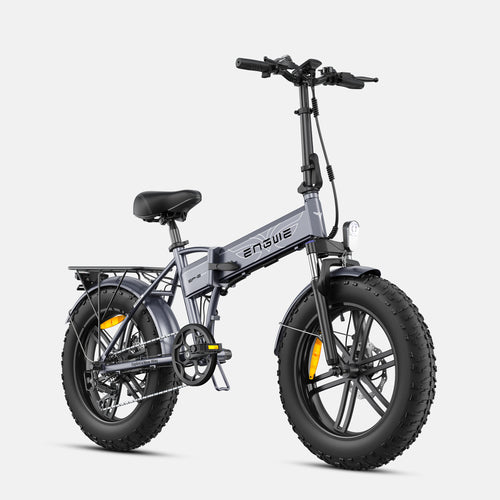
A Day in the Life: The Reality of Ownership
My typical day with my mini electric bike begins with a smile. I unfold it, click the battery into place, and glide out of my apartment building, bypassing the morning car traffic entirely. The electric assist makes the journey to the train station effortless. Arriving at the station, the folding process takes less than 30 seconds. I roll it onto the train and tuck it beside me, earning curious but appreciative glances from fellow commuters. At my destination, I unfold it and complete the final leg of my journey, arriving at the office feeling energized, not exhausted. It fits perfectly under my desk. The return journey is just as liberating, often including a quick detour to the grocery store. The feeling of freedom—of not being tied to traffic patterns, parking availability, or transit schedules—is the single greatest benefit.

The Honest Truth: Potential Trade-Offs
To provide a complete picture, it's important to acknowledge the trade-offs. The smaller 20-inch wheels, even with fat tires, mean you need to be more mindful of large, deep potholes than you would be on a bike with 29-inch wheels. While models like the one mentioned can handle hills, they are primarily designed for urban and light trail environments, not for extreme mountain biking. The compact frame might also feel slightly less stable at very high speeds compared to a long-wheelbase touring bike, but this is rarely an issue within city speed limits. Understanding these limitations ensures your expectations are aligned with reality, leading to a much happier ownership experience.
Frequently Asked Questions
-
How heavy are mini electric bikes and can I take them on public transport?
They typically weigh between 20-30kg (45-65 lbs). Most are designed to be compact enough when folded to be allowed on trains and buses, often during off-peak hours, but it's always best to check your local transit authority's specific rules.
-
Can a mini electric bike really handle steep hills?
Absolutely. While power varies, many models, especially those with torque sensors and high-torque motors like the ENGWE EP-2 Boost, are specifically designed to provide significant assistance on inclines, making hill climbs surprisingly easy.
-
Is maintenance for a mini electric bike complicated or expensive?
Maintenance is very similar to a regular bicycle: keep the tires inflated, the chain lubricated, and the brakes adjusted. The electrical components are generally sealed and require little to no maintenance. Basic upkeep is simple and affordable.
-
Do I need a license, insurance, or registration to ride one?
In most regions, if the electric bike has a motor of 250W and the assistance cuts off at a certain speed (e.g., 25 km/h), it is treated as a regular bicycle and does not require a license, insurance, or registration. However, laws vary, so always check your local regulations.
-
How durable are these bikes for daily commuting?
High-quality mini electric bikes are built to be robust. Look for frames made from durable aluminum alloys and components from reputable brands. With proper care, they are more than capable of handling the rigors of daily use for many years.
Embracing a mini electric bike is about reclaiming your time and finding joy in your daily journey.
